Complete Guide to Mehndi Safety and Benefits
Introduction
Mehndi, known as henna in many parts of the world, has been a cherished part of Indian tradition for centuries. Its rich cultural significance is matched by its wide range of practical applications, from adorning hands during festivals and weddings to nourishing hair and scalp. However, various questions and concerns often arise regarding its use in specific circumstances. In this article, we’ll dive deep into commonly asked questions about mehndi—addressing its safety, benefits, and limitations—to provide well-rounded insights backed by tradition and research. This comprehensive guide aims to shed light on the intricacies of mehndi usage, ensuring that you make informed choices.
Can Mehndi Be Applied During Pregnancy?
The safety of using mehndi during pregnancy is a common concern for many expectant mothers in India. Traditional beliefs often encourage the application of mehndi as a means of celebration and relaxation. However, modern questions about its safety and chemical content are valid.

1. Benefits and Safety Considerations
Natural mehndi is generally safe to use during pregnancy due to its organic properties. It can provide a calming effect and is often used as a stress reliever. The cooling sensation can also offer relief during hot weather. However, it’s crucial to ensure that the mehndi being used is 100% natural and free from synthetic additives or chemicals such as para-phenylenediamine (PPD), which can cause skin irritation or allergic reactions.
2. Tips for Safe Application
- Opt for organic or homemade mehndi paste to ensure purity.
- Perform a patch test before applying it extensively, even if you have used mehndi before, as pregnancy can make skin more sensitive.
- Avoid black mehndi or pre-mixed products that may contain harmful chemicals.
3. Cultural Significance
Applying mehndi during pregnancy is believed to bring positive energy and good luck. Many families incorporate mehndi application as part of traditional rituals to celebrate impending motherhood.
Does Mehndi Expire?
Like many natural products, mehndi does have a shelf life, and using expired mehndi can result in reduced color payoff, potential skin irritation, and an overall lackluster experience.
1. Shelf Life and Storage
Natural mehndi powder, when stored in a cool, dry place, can last up to 1-2 years. However, exposure to moisture and heat can significantly reduce its shelf life. The paste made from the powder should ideally be used within 1-2 days of preparation, as it loses potency quickly.
2. Signs of Expired Mehndi
Expired mehndi may have a musty or sour smell, appear darker or clumpier in texture, and provide a much weaker color result. Using expired mehndi not only compromises the design’s vibrancy but could also lead to skin irritation or allergic reactions.
3. Tips for Prolonging Shelf Life
Store mehndi powder in an airtight container, away from direct sunlight and humidity. Freezing the powder can extend its lifespan and maintain its quality.
Can Mehndi Be Applied on Coloured Hair?
This is a nuanced topic, especially for those who use chemical hair dyes. Mehndi, being a natural dye, interacts differently with hair that has already been treated with synthetic colors and can have unexpected outcomes.
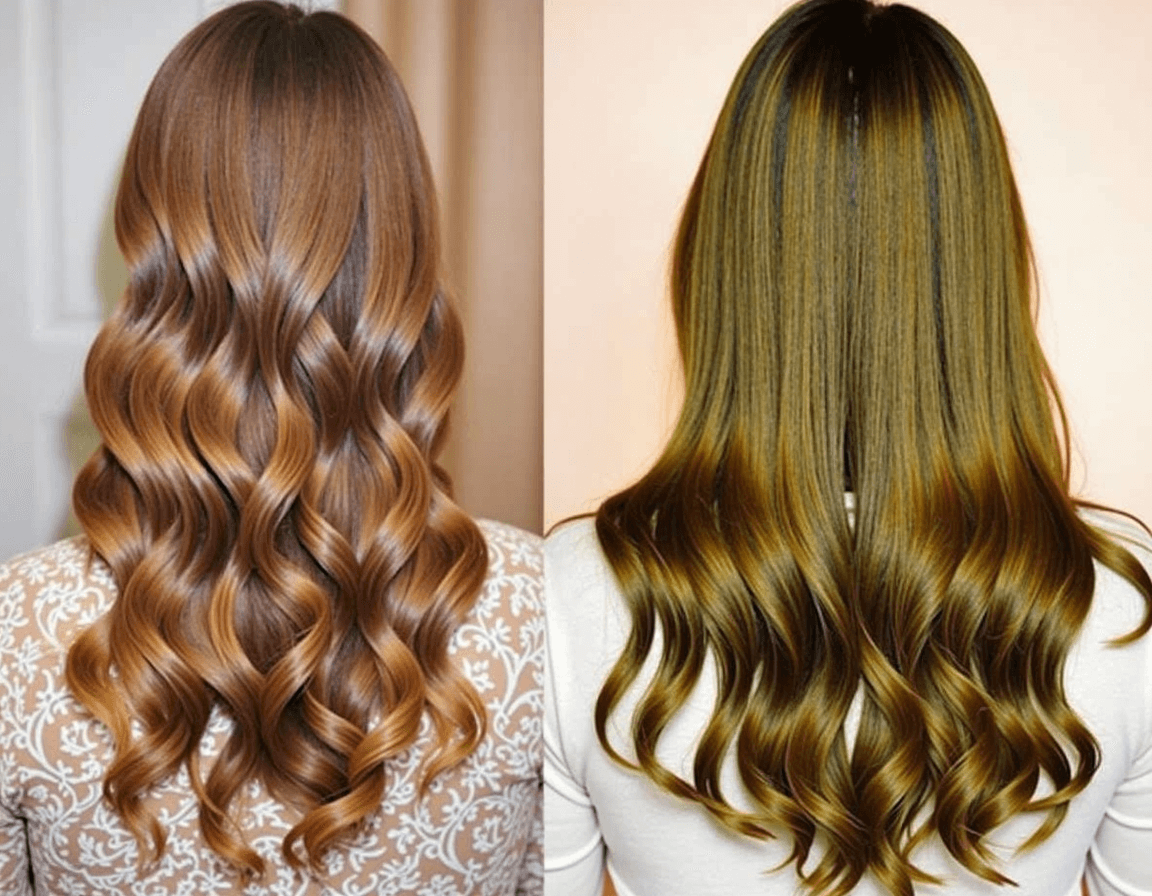
1. How Mehndi Affects Coloured Hair
When applied to chemically dyed hair, mehndi can alter the color in unexpected ways, sometimes resulting in a greenish or orange tint due to chemical reactions between the natural henna and artificial dyes. This reaction is more pronounced in lighter hair shades, such as blonde or bleached hair.
2. Best Practices
- Wait at least 2-3 months after a chemical dye application before using mehndi to allow the synthetic color to fade.
- Conduct a strand test on a hidden section of hair to observe how the color develops before full application.
- Use pure, natural mehndi without any added chemicals to minimize unexpected color changes.
3. Potential Benefits
For those seeking natural hair care, mehndi can provide conditioning and add a rich, natural hue. When applied to hair that is not chemically treated, it imparts a deep auburn color and improves overall hair texture.
Can Mehndi Be Applied on Hands During Pregnancy?
Applying mehndi on hands during pregnancy is typically safe as long as it is natural. However, hormonal changes during pregnancy can sometimes make skin more sensitive and reactive.
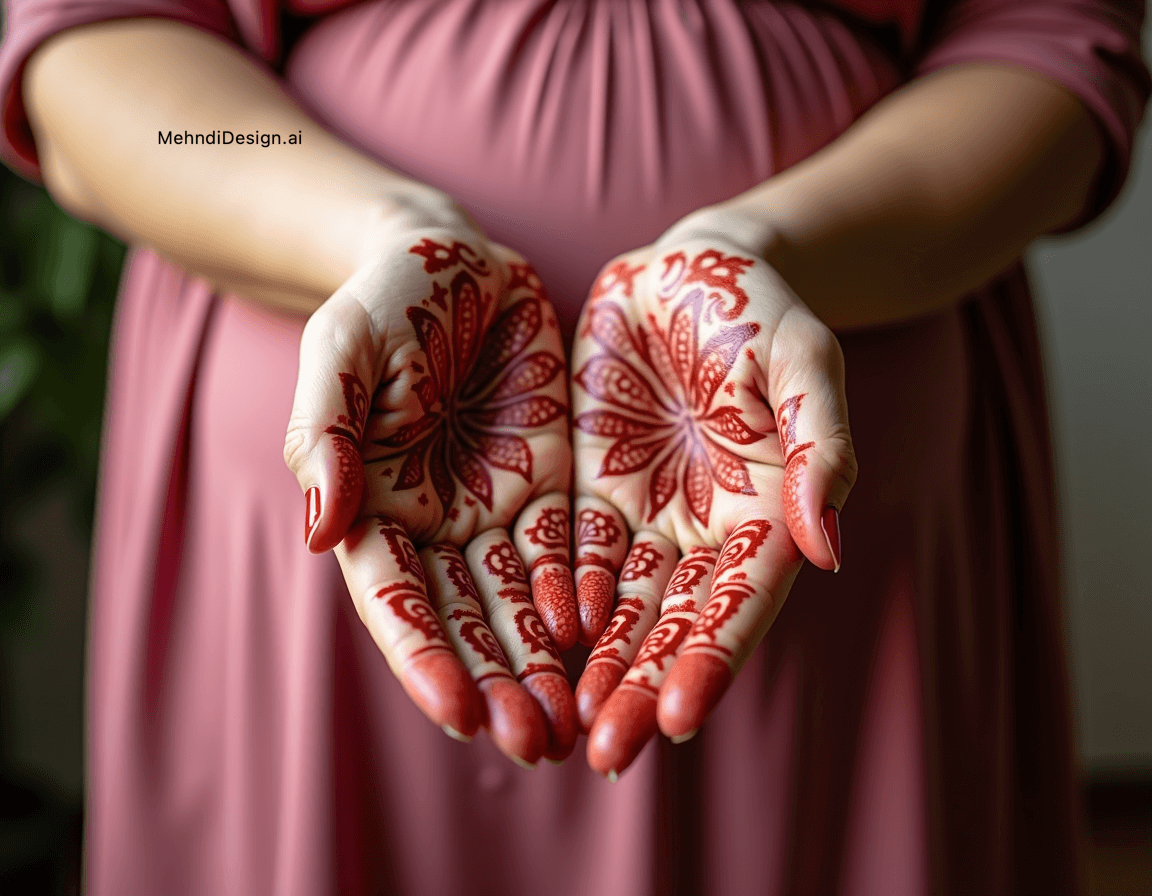
1. Considerations for Skin Sensitivity
Due to the hormonal shifts during pregnancy, the skin might react differently than usual. It’s recommended to test a small area first, even if you have previously used mehndi without any issues.
2. Safety Tips
- Avoid large, all-over applications initially, especially if you’re prone to skin sensitivities.
- Choose trusted sources for natural mehndi to ensure it’s chemical-free and fresh.
- Drink plenty of water and keep the body hydrated, as this can affect skin reactions.
3. Celebratory Practices
In many Indian cultures, applying mehndi during pregnancy is considered auspicious and is often a part of baby shower rituals or other pre-natal ceremonies.
Can Mehndi Cause Allergy?
Allergies related to mehndi are usually linked to synthetic additives found in some pre-packaged versions. Pure, natural mehndi is unlikely to cause severe reactions but caution is always advised.
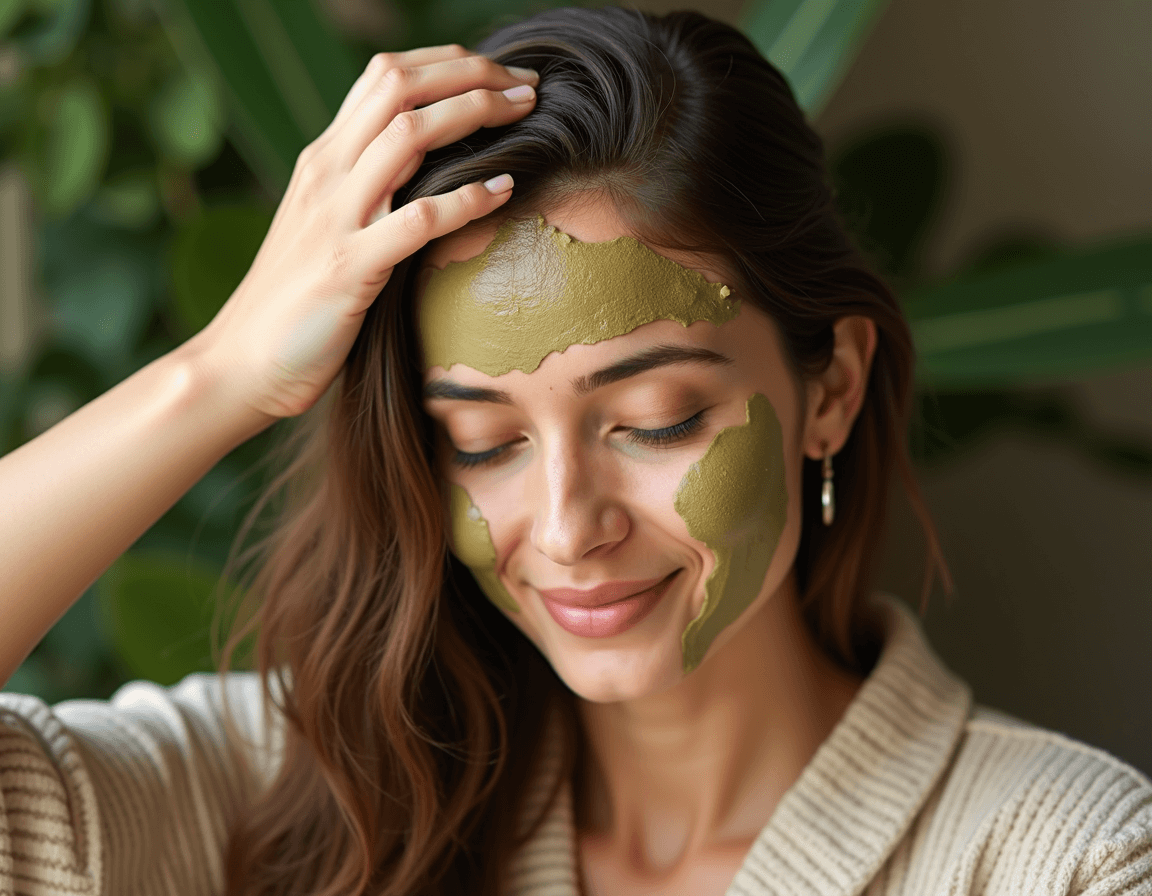
1. Identifying Allergic Reactions
Allergic reactions can include symptoms such as redness, itching, swelling, and, in rare cases, blisters. These reactions are more commonly associated with black mehndi, which contains PPD.
2. How to Prevent Allergies
- Use 100% natural mehndi and avoid pre-mixed variants with additives.
- Conduct a patch test 24 hours before full application, especially if you have sensitive skin or a history of allergies.
3. Natural Alternatives
If you are prone to allergies but still want to enjoy mehndi, look for allergy-tested, organic henna products that are free from synthetic dyes and chemicals.
Can Mehndi Be Applied During Periods?
There is no scientific evidence to suggest that applying mehndi during menstruation poses any risk. However, cultural beliefs and personal comfort play a significant role in how this practice is viewed.
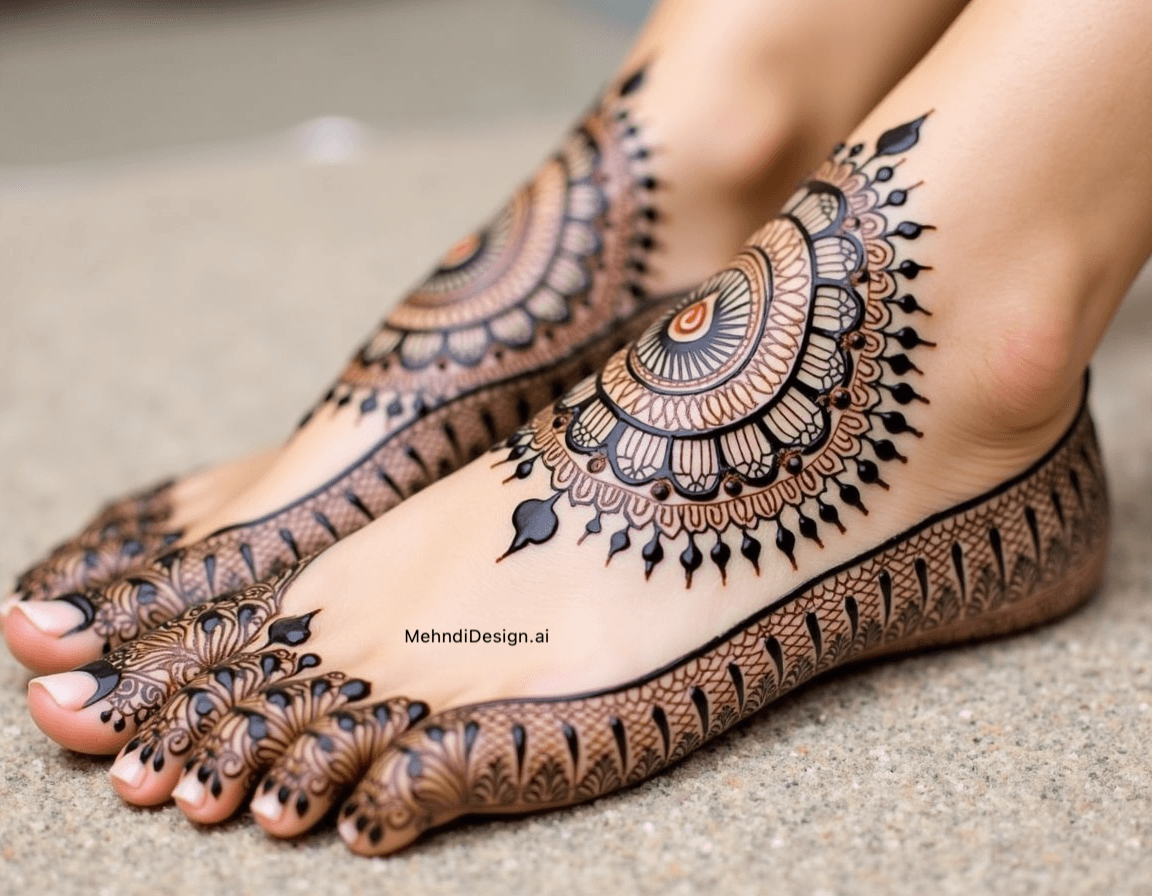
1. Common Beliefs and Facts
Some traditional beliefs suggest avoiding cold items during periods, including mehndi due to its cooling nature. While this is rooted more in cultural practice than medical evidence, personal experiences can vary. Some women may find the cooling sensation soothing, while others might feel uncomfortable.
2. When to Avoid
If you experience severe cramps or heightened sensitivity during menstruation, it may be best to limit the amount of time mehndi is left on or avoid it if it causes any discomfort.
Can Mehndi Cause Cancer?
This question arises due to concerns about chemical additives in some mehndi products. Pure henna, used for centuries, is safe and non-carcinogenic.
1. The Myths vs. Reality
The myth stems from synthetic “black henna,” which contains harmful chemicals like PPD. These chemicals can cause skin irritation and long-term damage if used frequently. However, natural mehndi, derived from the Lawsonia inermis plant, poses no such risks.
2. Final Advice
To avoid any potential health issues, always check product labels and opt for natural, chemical-free mehndi. Pure henna is safe for regular use and has been a staple in traditional body art and hair care for generations without known carcinogenic effects.
Can Mehndi Stop Hair Fall?
Mehndi is widely believed to strengthen hair, which can indirectly help with hair fall.
1. How It Works
Mehndi coats the hair shaft, providing nourishment and protection. This conditioning effect can make hair stronger and less prone to breakage. When combined with other natural ingredients like amla or neem, it enhances hair health and can reduce hair fall.
2. Application for Strengthening Hair
Use a mix of natural mehndi, amla powder, and water. Apply for 1-2 hours and rinse with lukewarm water. This routine can be done every 4-6 weeks to maintain healthy hair and minimize hair fall.
3. Additional Tips
Maintain a balanced diet rich in vitamins and minerals, as hair health is closely linked to overall nutrition. Regular scalp massages with natural oils can also complement the benefits of mehndi.
Can Mehndi Be Applied on Oily Hair?
Oily hair may present a unique challenge when applying mehndi, as excess sebum can interfere with absorption and evenness of application.
1. Benefits for Oily Hair Mehndi helps regulate oil production and cleanse the scalp, making it an excellent natural treatment for people with oily hair. Its natural astringent properties can reduce excessive oiliness and improve scalp health, resulting in hair that feels fresher and looks more voluminous.
2. Application Tips
Wash hair thoroughly with a mild shampoo before applying mehndi to remove excess oil. This ensures that the mehndi adheres better and provides even coverage. Add ingredients like amla powder, lemon juice, or fenugreek powder to enhance the benefits for oily hair. These natural components help further cleanse the scalp and prevent buildup. Leave the mehndi on for 1-2 hours and rinse with lukewarm water. Avoid using conditioner immediately after the application as it might counteract the mehndi's benefits. 3. Limitations and Recommendations While mehndi can be helpful for managing oily hair, its drying effect might not be suitable for everyone. It’s advisable to monitor how your scalp reacts and adjust the frequency of application as needed.
Conclusion
Mehndi’s use in Indian (& South Asia) culture extends far beyond decorative purposes. It has potential benefits for hair and skin health when used correctly and mindfully. While natural mehndi is largely safe, being aware of its ingredients and applying it with caution is key to avoiding any adverse effects. Always choose natural, chemical-free mehndi and perform patch tests, especially in sensitive or uncertain situations. With the right approach, mehndi can be a valuable, safe, and beautiful part of your personal care routine.
- mehndi safety
- mehndi pregnancy tips
- mehndi care
- pregnancy mehndi
- mehndi allergy prevention




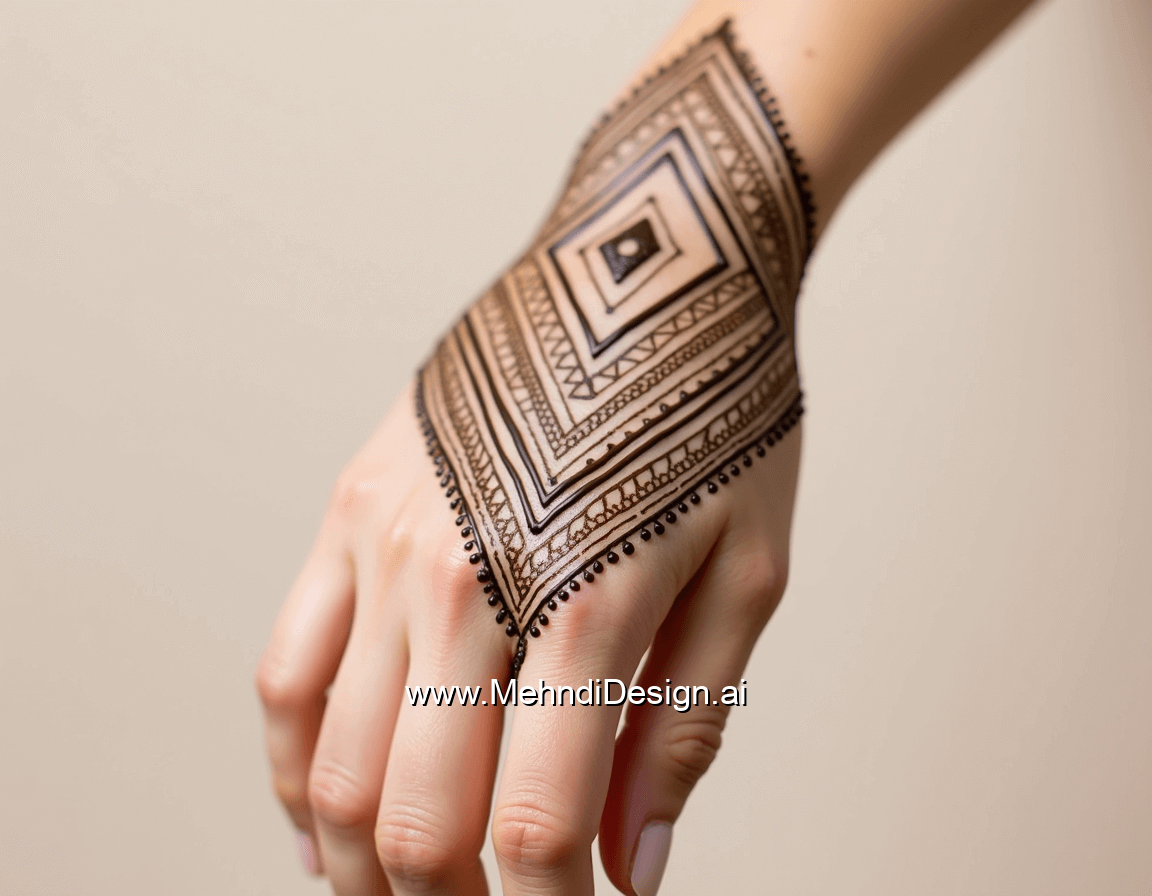

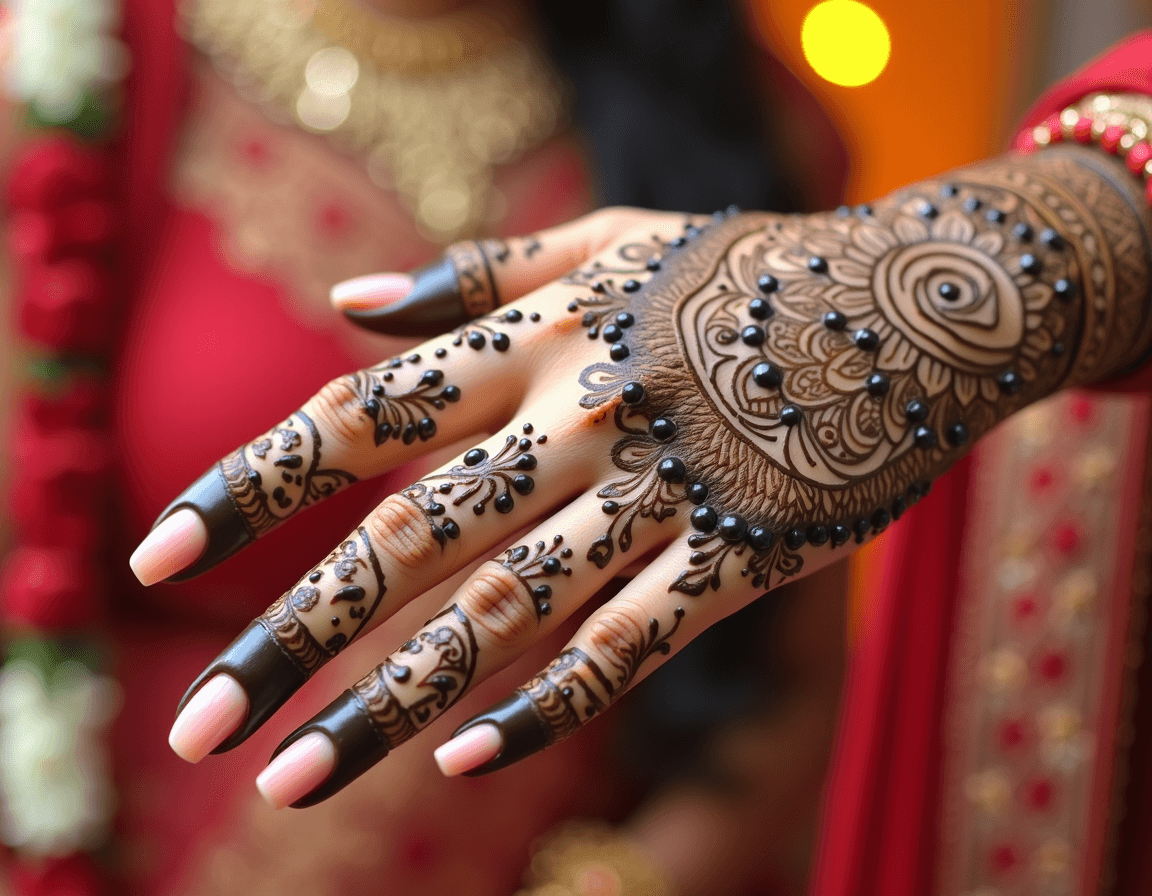
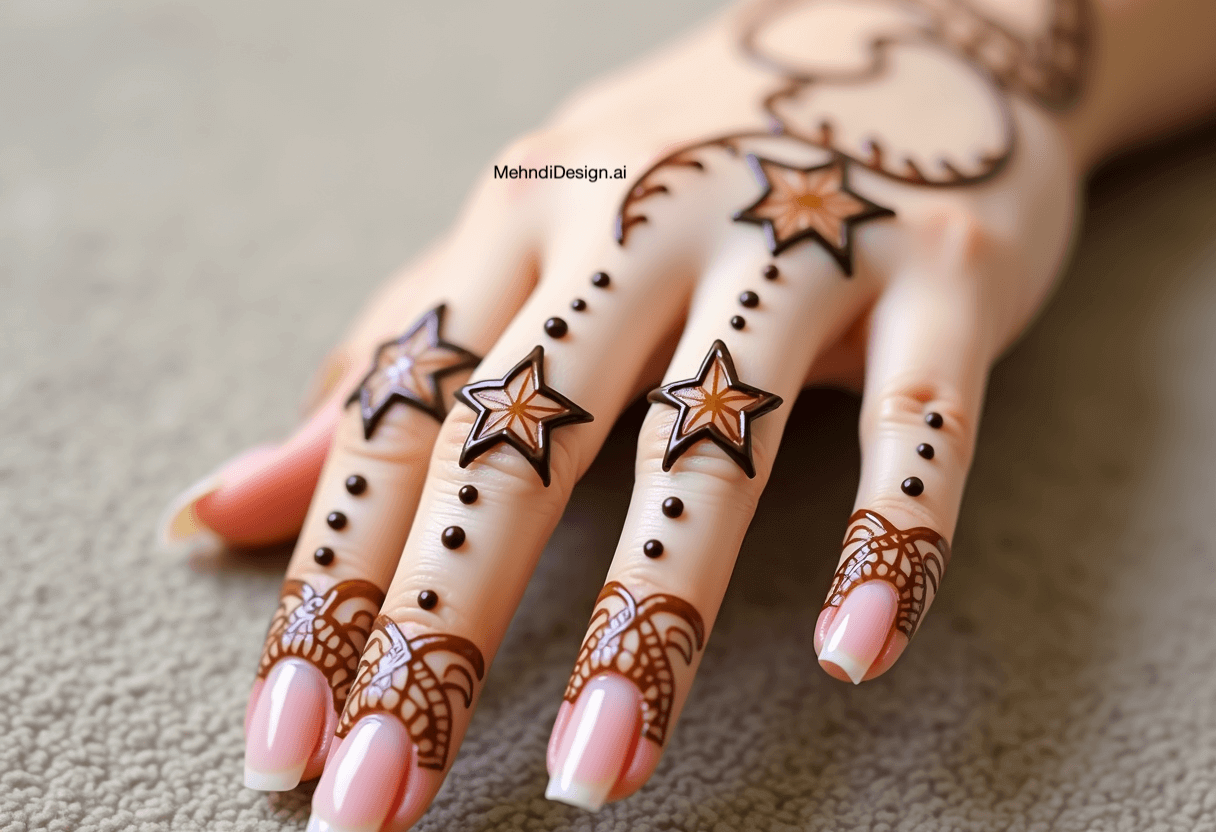
Leave a Reply
Your email address will not be published. Required fields are marked *